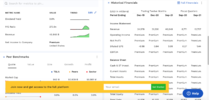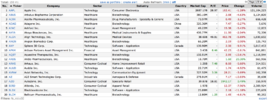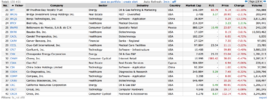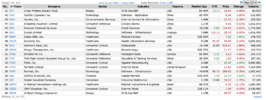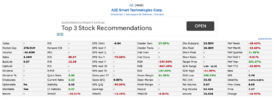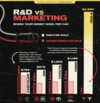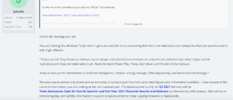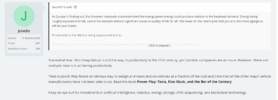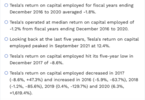- Joined
- 20 July 2021
- Posts
- 12,640
- Reactions
- 17,570
as i was saying in several places , Evergrande is an example , not an outlier
watch out for contagion ( and tighter credit ) in by-gone days the sub-contractors get squeezed first
by the same token , those who like REITs ( and i sure do ) might have some buying times ahead in the next three years ( maybe the regional banks will look more attractive as well )
watch out for contagion ( and tighter credit ) in by-gone days the sub-contractors get squeezed first
by the same token , those who like REITs ( and i sure do ) might have some buying times ahead in the next three years ( maybe the regional banks will look more attractive as well )


